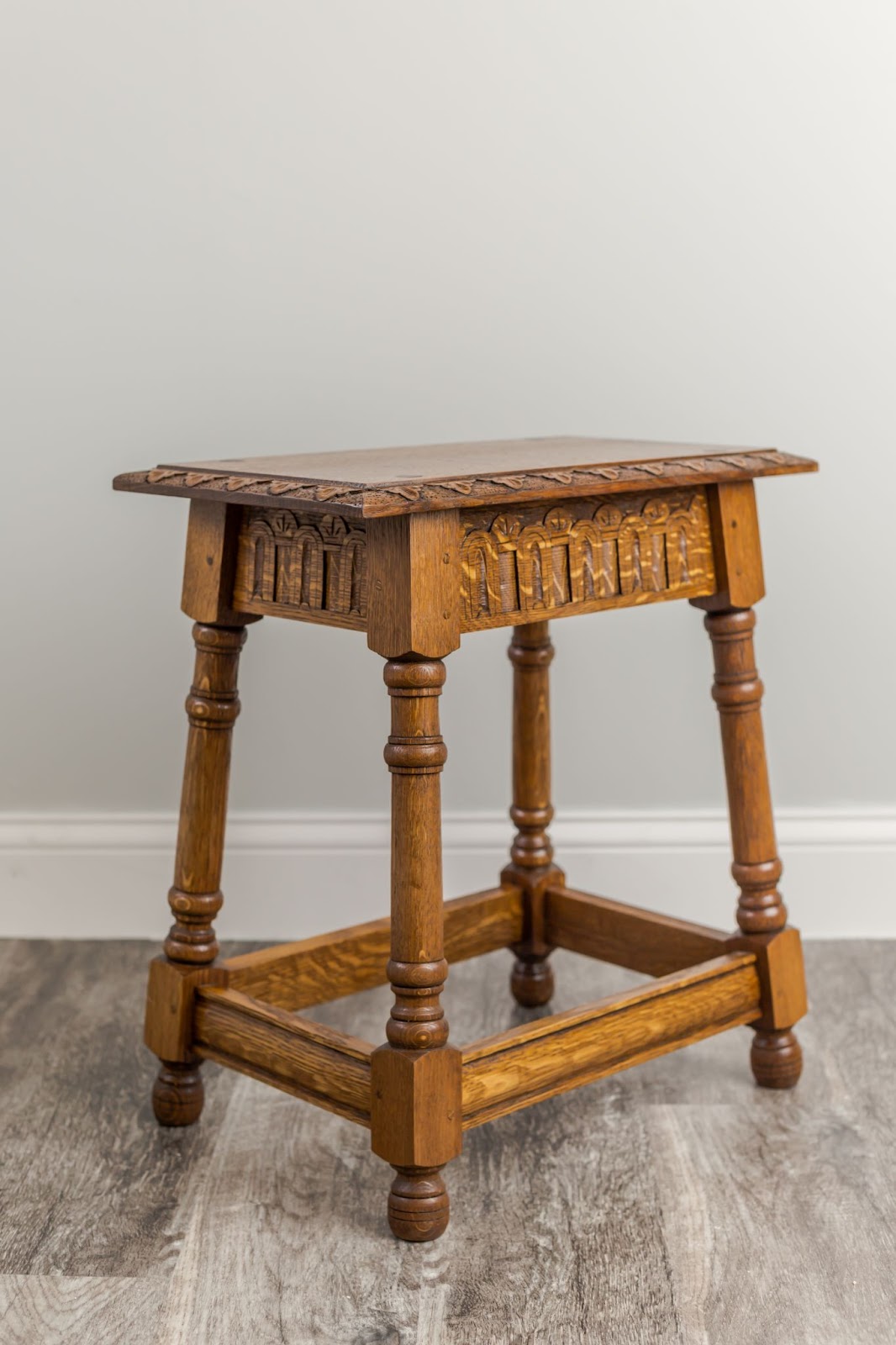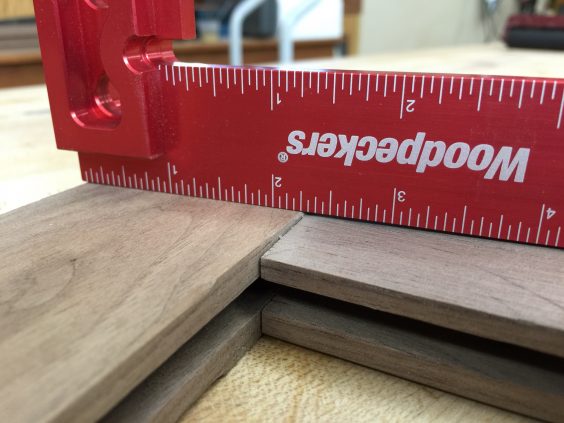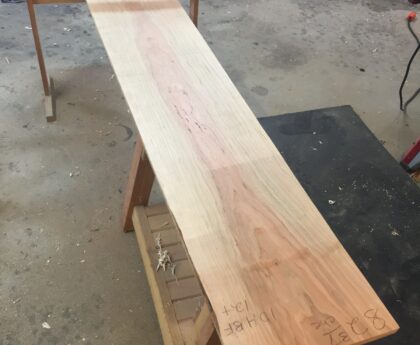The chair. It seems like such a common piece of furniture we take it for granted because we see them everywhere. They are at the office, at the theater, in a restaurant, and in our living room. We see it so much that we hardly even give a second thought about them. Not only do we disregard them but we abuse them as well. We push them, lean on them, stand on them, and if you are a professional wrestler, you throw them. (please don’t throw your chairs) Clearly, no other piece of furniture gets handled, or mishandled, more than a chair.
The origin of the chair is a humble one. Chairs go back as far as Egyptian times. Later they were commonly used during the rule of the Greeks and Romans. But chairs didn’t catch on in Europe until the Middle Ages, which was centuries later. And just like in Egyptian times, a chair was used for the upper class and royalty.
If only royalty could sit on chairs then the commonwealth would have sat on a stool. Children would have sat on the ground. Some believe the word stool originally came from the German word “stuhl”, which meant seat with no arms or back. While others will tell you it’s from the Old English word “stōl,” having the same meaning.
One of the more popular stools during that time was the “joint stool”. The construction of joint stools was relatively simple and involved connecting the legs to the seat using mortise and tenon joints. The stool’s seat was typically made of wood, often oak or elm, while the legs were turned on a lathe to create elegant and decorative shapes.
Joint stools were portable and versatile. They were lightweight and easy to move around, which made them practical for everyday use. You could find them in homes around the diner table, on porches with a wash bucket, in the barn to use as a saw horse, and even a pair of them to place a coffin on for the awake.
In addition to their functionality, joint stools often featured decorative elements. Some stools had carved or turned details on the legs, while others had a leather or fabric seat cushion for added comfort. These were typically in the castle and this is where the knights would sit in front of the King.
However, by the 18th century, the industrial revolution saw the rise of factories, and the chair became a common item in the home of every family. To buy a chair during that time you could go to local cabinetmakers. Cabinetmakers were skilled craftsmen who produced furniture, including chairs, locally. They often had workshops where they designed and built furniture pieces. Customers could commission chairs directly from these cabinetmakers or choose from ready-made pieces available in their showrooms.
If you lived in a smaller town you may not have a local cabinetmaker so you probably visited a General Store or Mercantile Shop. They carried a wide range of goods, including furniture. While the selection might not have been as extensive as that of specialized furniture makers, these stores could provide basic chair options.
Oddly, auctions were a common method of buying and selling goods during the 18th century. Much like today, estate sales, bankruptcies, or merchants’ inventories would often be auctioned off, including furniture items such as chairs. Buyers could attend auctions and bid on chairs to acquire them.
“The Boston News-Letter,” in 1704, and “The Pennsylvania Gazette,” in 1728 were popular newspapers. There you could see advertisements from cabinetmakers or merchants promoting their furniture offerings. Potential buyers could respond to these ads or visit the listed shops to explore chair options.
Today we can buy a chair almost anywhere. Nationwide chain mega stores are stocked with a wide variety and styles of chairs. A quick Google search will fill your screen with countless images of different chairs. In fact, chairs are so easy and cheap to buy that it’s no wonder people don’t bother to make one. But I would tell you that if you want a true woodworking challenge, then take on the task of building a chair. It will be difficult, frustrating, and extremely complex to make a comfortable chair. But the skills you will acquire will vastly increase your woodworking ability and also make you more appreciative of the humble and modest chair.
Chad Stanton- Professional Furniture Maker 6-6-2023




